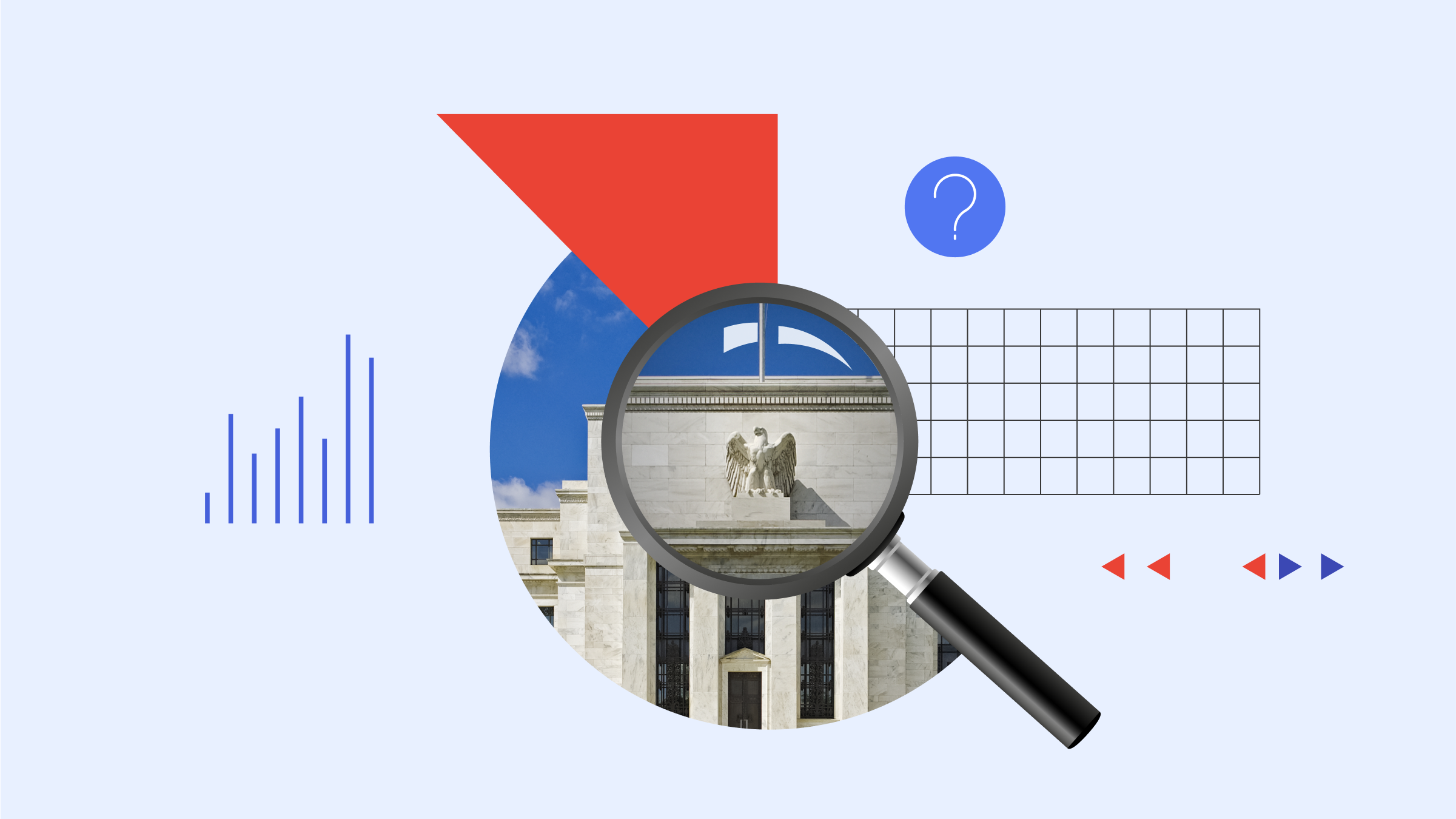Key Takeaways
- Job growth is predicted to have slowed in July, while the unemployment rate is expected to tick higher.
- Economists believe the job market is still healthy, but stresses are starting to show in the private cyclical sector.
Economists forecast the July jobs report will show further signs of a cooling labor market as US government policy uncertainty, particularly around tariffs and immigration, continues to weigh on business decisions.
Nonfarm payroll employment is projected to have risen by 117,500 in July, down from 147,000 in June, according to consensus estimates from FactSet. The unemployment rate is expected to tick up to 4.2% in July from 4.1% the previous month.
“We think we will continue to see softening in the economy, especially in the private cyclical sectors of the economy,” says Kathy Bostjancic, chief economist at Nationwide. “The private sector remains sluggish, and the knock-on impact is that you don’t get a lot of aggregate income gains.”
While tariffs seemingly haven’t had as much impact as expected, Bostjancic says the effect is nuanced. “I think a lot of the uncertainty around the tariffs concerned the impact on overall demand for companies’ goods and services,” she says. Rather than triggering widespread layoffs, firms have adopted a cautious stance toward adding new jobs.
Headline Fatigue: Does the Stock Market Care About Tariffs Anymore? 
July Jobs Report Forecast Highlights
- Job report release date and time: Thursday, Aug. 1, at 8:30 a.m. EDT
- Nonfarm payroll employment is forecast increase by 117,500 versus the 147,000 rise in June, according to FactSet.
- The unemployment rate is forecast to rise to 4.2% from 4.1% in June.
- Hourly earnings are projected to rise 0.3%, up from 0.2% in June.
Watching Private Sector Job Growth
While overall jobs growth remains relatively healthy, Bostjancic highlights concerns around jobs in economically sensitive cyclical industries. “We think we’re going to continue to see softening,” she says. “There’s been no net new jobs added in the sector.”
Meanwhile, despite an increase in average hourly earnings, Bostjancic observes that overall income gains remained “basically flat” due to the decline in working hours. She says the weakness in the private cyclical sector is not just an isolated trend, but offers insight into the broader private economy. “It tells us the overall economy, at least in the private sector, is sort of sluggish. Overall job growth remains soft, and the knock-on impact is that you don’t get a lot of aggregate income gains.”
Why the June Jobs Report Isn’t as Strong as It Looks 
However, economists at Goldman Sachs believe there is a “rebound in private-sector jobs growth to a somewhat firmer (but still soft) pace, ”anticipating a slower 100,000 gain compared with the 147,000 gain in June.
At UBS, economists expect a “soggy” jobs report, with an increase in payrolls of 95,000 and an unemployment rate that ticks back up to 4.2%. “We expect NFP slows in July from the 147,000 gain in June mainly because government should slow, which rose a surprising 73,000 in June,” they wrote.
Unemployment Rate to Rise Slightly
Bostjancic expects a slight uptick in the jobless rate in July. “We look for a one-tenth increase in the unemployment rate,” she says, noting that the previous month’s drop was largely driven by a decline in labor force participation. “We had a record monthly increase of so-called discouraged workers last month. People who want jobs are having a hard time finding them.” Adjusting for the decline in the participation rate, Bostjancic believes the unemployment rate rose to 4.7%.
This article was generated with the help of automation and reviewed by Morningstar editors.
Learn more about Morningstar’s use of automation.
